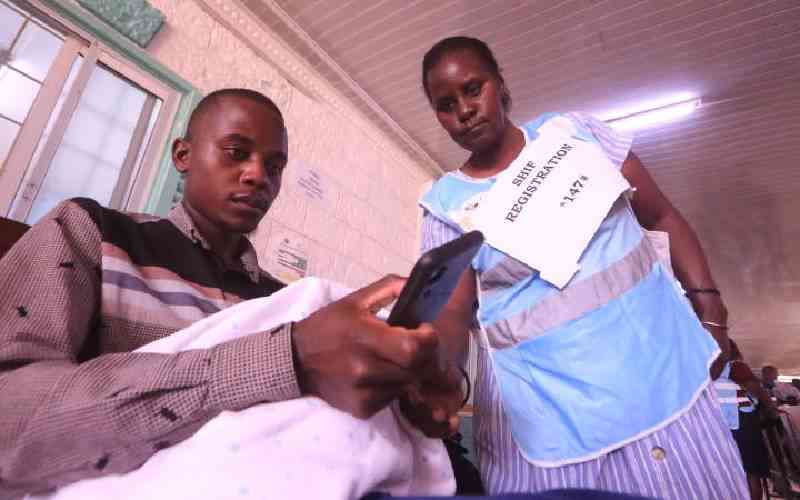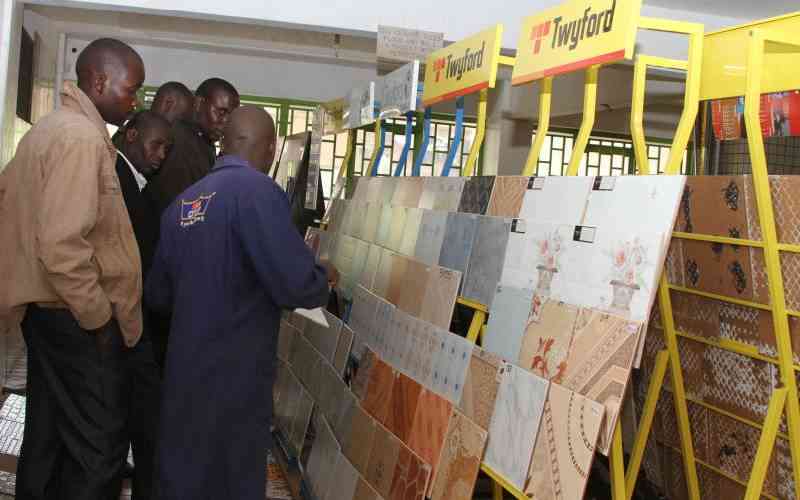According to the World Health Organisation, non-communicable diseases – mainly cancers, diabetes, cardiovascular and chronic respiratory diseases – are the biggest cause of deaths worldwide.
More than 36 million die annually from non-communicable diseases (NCDs) (63 per cent of global deaths), including 14 million people who die before the age of 70. More than 90 per cent of these premature deaths from NCDs occur in low-and middle-income countries, and could have largely been prevented. Most premature deaths are linked to common risk factors, namely tobacco use, unhealthy diet, physical inactivity and harmful use of alcohol.
Data from the Globocan 2018 report indicates that in Kenya, cancer is particularly taking a heavy toll and is the third leading cause of death after infectious and cardiovascular diseases. The annual incidence of cancer was estimated at 47,887 new cases, with an annual mortality of 32,987 in 2018. Among men, prostate, oesophageal and colorectal are the leading cancers, while among women, breast, cervical and oesophageal are most common.
But as cancer continues to ravage populations, scientists are making great strides to bring the disease under control. Still, there is no gainsaying that early diagnosis leads to proper management of cancer. It all starts with individuals knowing their unique risks and presenting early for tests.
According to the World Health Organisation (WHO), early diagnosis of cancer generally increases the chances for successful treatment. Delays in accessing cancer care are common with late-stage presentation, particularly in lower resource settings and vulnerable populations.
Similarly, the first pillar of the Kenya National Cancer Control Strategy (NCCS) 2017-2022 focuses on prevention, early detection and cancer screening. Early detection can result in better treatment outcomes, less morbidity and even lower costs of treatment. It can be achieved through early diagnosis and through screening. For certain types of cancer, screening increases the chances of early detection. Screening programmes can be effective for certain cancers when suitable tests are utilised competently with quality assurance incorporated, followed by linkage to diagnosis and treatment.
That prevention, and particularly primary prevention, is a key weapon in the fight against cancer is no moot point. Between a third and a half of cancers could be prevented based on our current knowledge of risk factors. Moreover, prevention is cost-effective, its effects are not limited to high-risk subjects but extend to the entire population, regardless of one’s socio-economic status.
Prevention programmes are an integral part of cancer management, as they are able to reduce both the incidence of cancer and mortality. Not to be left behind are the anti-cancer vaccines, both prophylactic and therapeutic, which offer another important preventive tool. Whereas these areas have registered notable progress, much remains to be done. When all is said and done, new screening initiatives should only be implemented after a careful health technology assessment has been performed.
Advances in the field of molecular biology, high-throughput technologies (HTTs), as well as in imaging techniques and mathematical and computational modelling, have led to the discovery of bio-markers which can be used to predict the onset, course and prognosis of tumours. This enables diagnosis, treatment and prevention to be correlated within a highly integrated, coherent framework.
Prevention programmes are an important weapon in the fight against cancer, and currently available evidence shows that they can contribute to reducing both the incidence of cancer and mortality. However, adherence to screening programmes remains an issue to be addressed, considering that screening tests are still under-utilised.
- The writer is the acting CEO, The Nairobi Hospital
 The Standard Group Plc is a
multi-media organization with investments in media platforms spanning newspaper
print operations, television, radio broadcasting, digital and online services. The
Standard Group is recognized as a leading multi-media house in Kenya with a key
influence in matters of national and international interest.
The Standard Group Plc is a
multi-media organization with investments in media platforms spanning newspaper
print operations, television, radio broadcasting, digital and online services. The
Standard Group is recognized as a leading multi-media house in Kenya with a key
influence in matters of national and international interest.
 The Standard Group Plc is a
multi-media organization with investments in media platforms spanning newspaper
print operations, television, radio broadcasting, digital and online services. The
Standard Group is recognized as a leading multi-media house in Kenya with a key
influence in matters of national and international interest.
The Standard Group Plc is a
multi-media organization with investments in media platforms spanning newspaper
print operations, television, radio broadcasting, digital and online services. The
Standard Group is recognized as a leading multi-media house in Kenya with a key
influence in matters of national and international interest.








